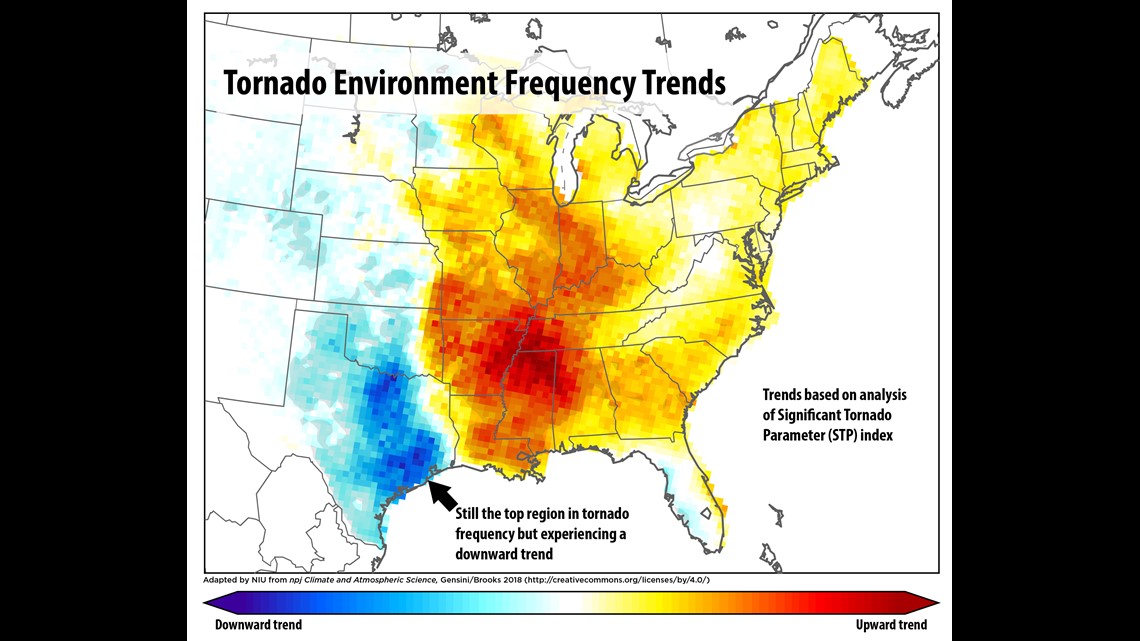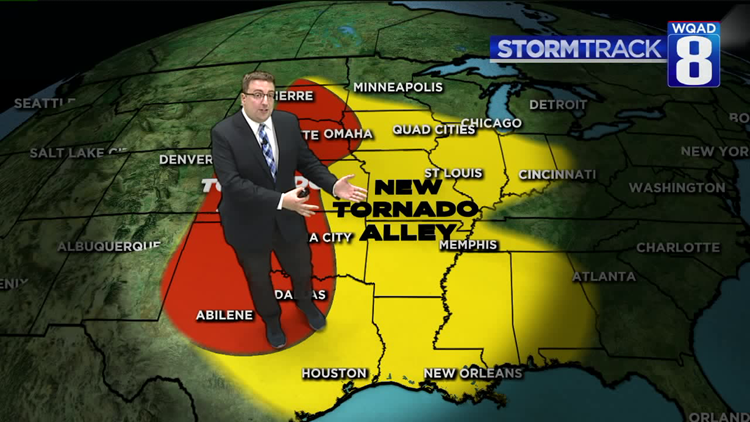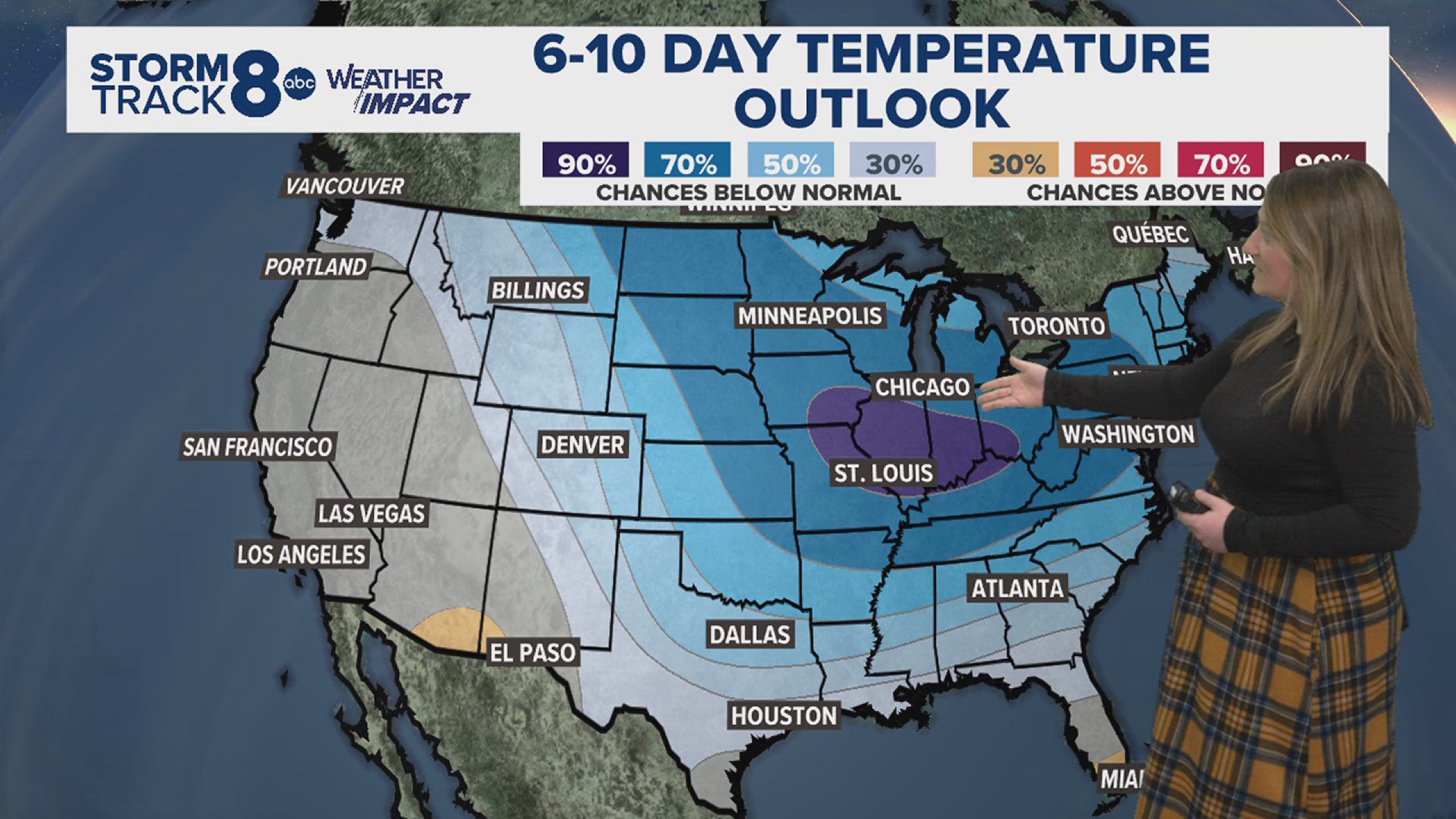DEKALB, Illinois - On any given day when he's not teaching at Northern Illinois University, you'll find Dr. Victor Gensini analyzing weather computer models and other data. But that's not all he's doing. "I'm a storm chaser. I drive 20,000 miles a year, everywhere from Texas up into Canada searching for severe storms. And we really haven't seen a lot of tornadoes in the last few years", says Gensini.
Just a two-hour drive east of the Quad Cities, groundbreaking tornado research is taking place. Just recently Gensini has studied tornado patterns across the United States, and the findings are quite surprising. The study focused on tornado data from 1979-2017 looking for trends on where tornadoes touched down and the location of certain ingredients that promote their development.


Results have shown a marked eastward migration of the typical "tornado alley" as we know today. Typically this area covered states like Texas, Oklahoma, Kansas, and Nebraska. Now it appears more tornado activity is taking place further east in parts of Iowa, Illinois, Arkansas and a good chunk of the southeast United States. This isn't the only change though that the study uncovered. The ingredients necessary for tornado development are also shifting east, too.


Tornado environments are appearing more frequently in the Mississippi River Valley, including portions of Northern Illinois where an upward trend has been observed. These trends are measured on an index known as the STP, or Significant Tornado Parameter. It's a mix of instability, wind fields, and a multitude of other factors that come together to produce the possibility for tornadoes. While states like Texas and Oklahoma are still the top regions for tornado frequency, they are experiencing a downward trend in these favorable environments.
"If you go look at the STP, which is the measure of the environment and how favorable it is for tornadoes, you really now see a pretty large increase over all the Mississippi River. You look out in the places in the Great Plains, the number of significant tornado environments is down. Our counts, really even our annual counts of tornadoes have been down", says Gensini.
What does this mean for the Quad Cities? Gensini says that the increase generally equates to one EF1 tornado per decade increase in each county every ten years. It may not seem like a lot, but when you look at the bigger picture those numbers add up.
What remains a mystery is what has been driving these changes. "We don't actually know what's causing this shift. We think it's tied to the jet stream, which is probably a function of our shifts in climate, but we cannot attribute this to that sort of variability right now. This could be an oscillation that's been going back and forth over the last 30-40 years", says Gensini. Because the only reliable data is limited to the last 40 years or so, more data will be collected to further examine the trend in the coming years to see if it can be linked to any specific activity.
You can read the entire study here
Listen to an expansion of this story via our Head in the Clouds Podcast!
Meteorologist Andrew Stutzke
Download the News 8 Weather App — for iOS, click here and for Android, click here
Download the free News 8 App — for iOS, click here and for Android, click here



